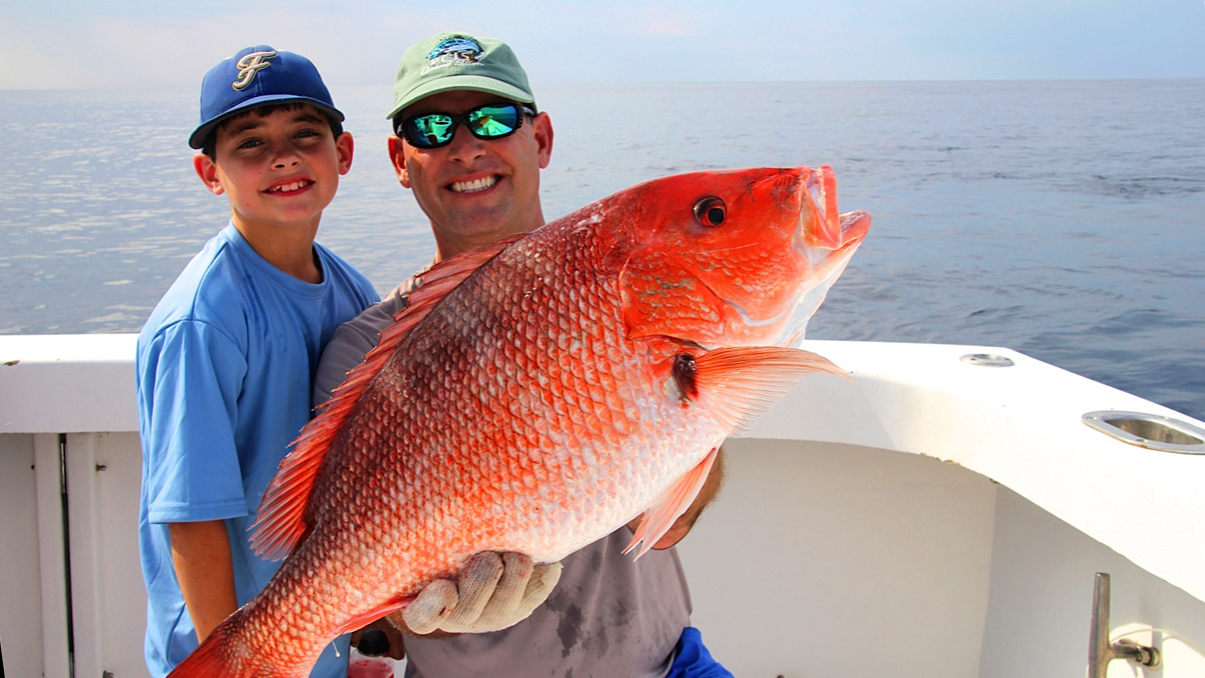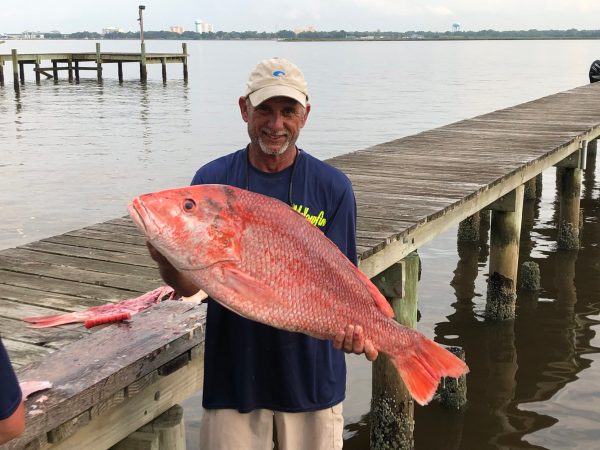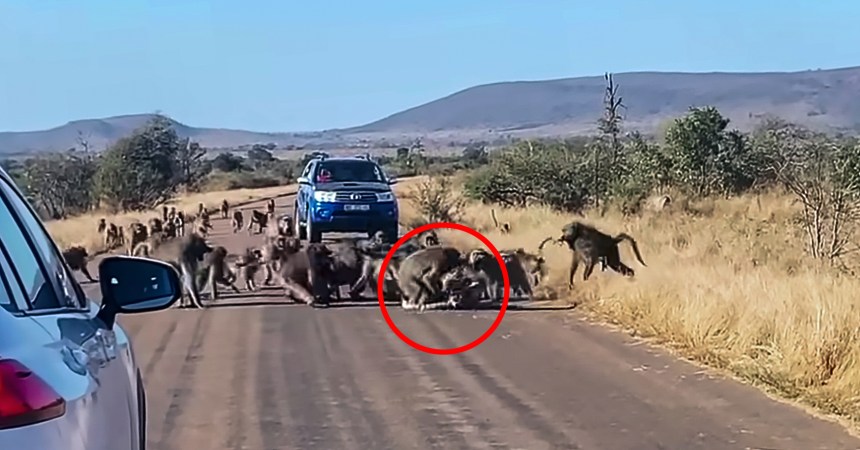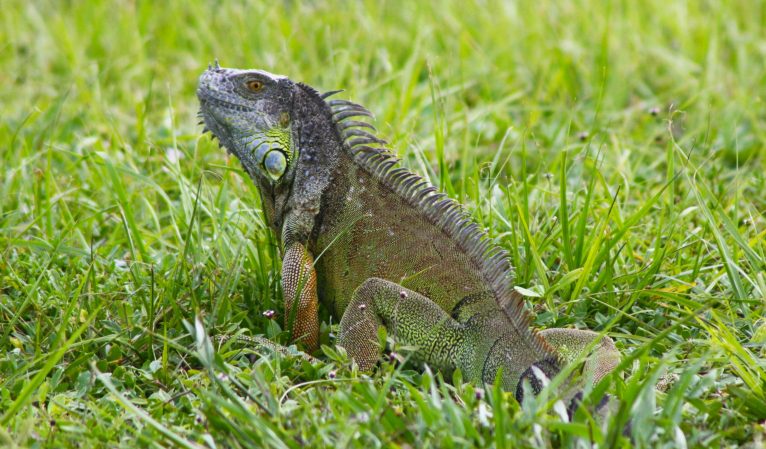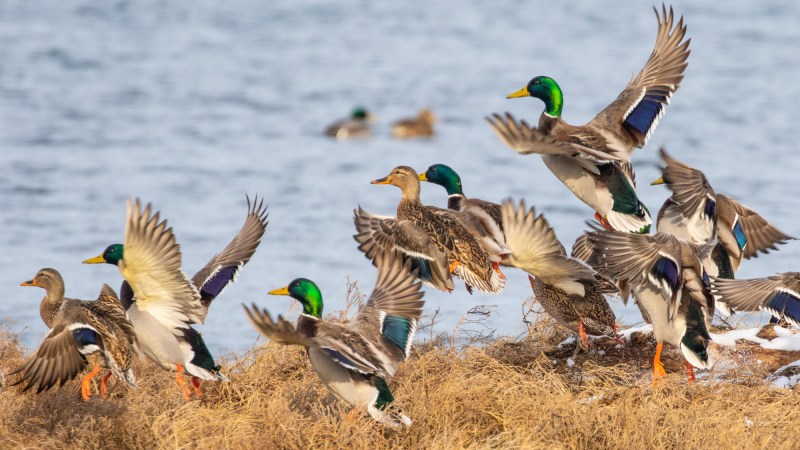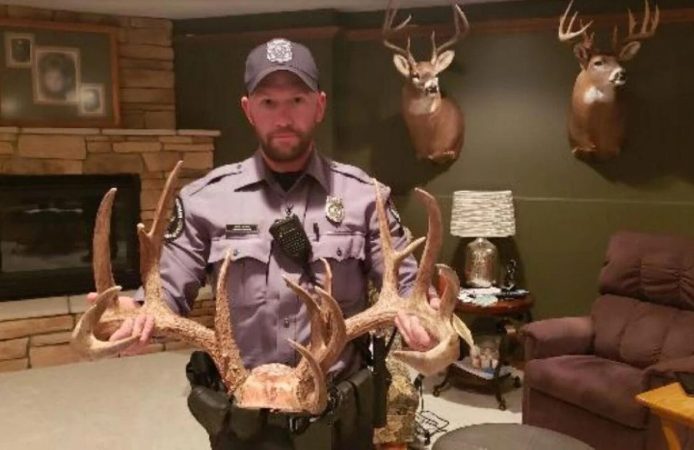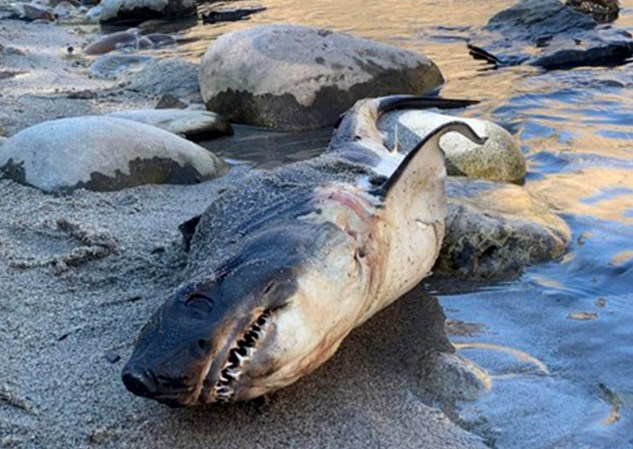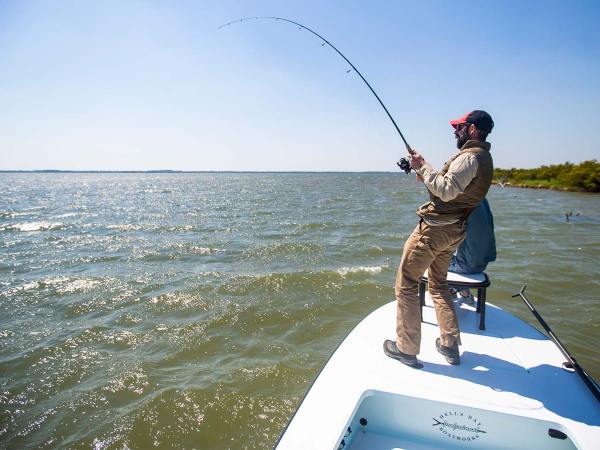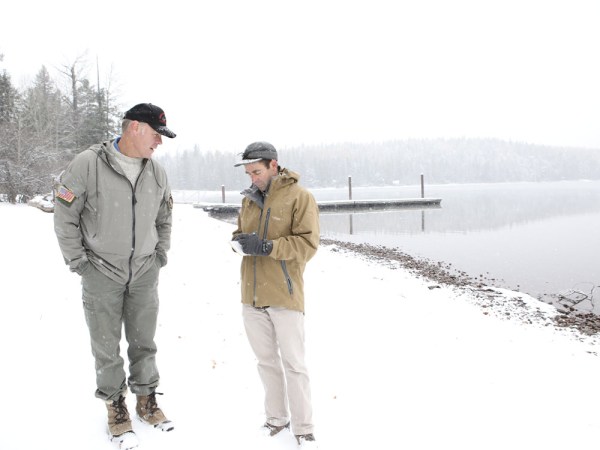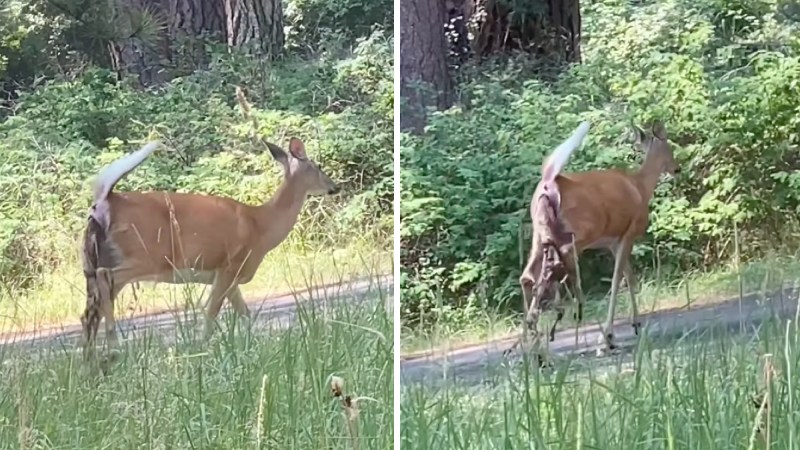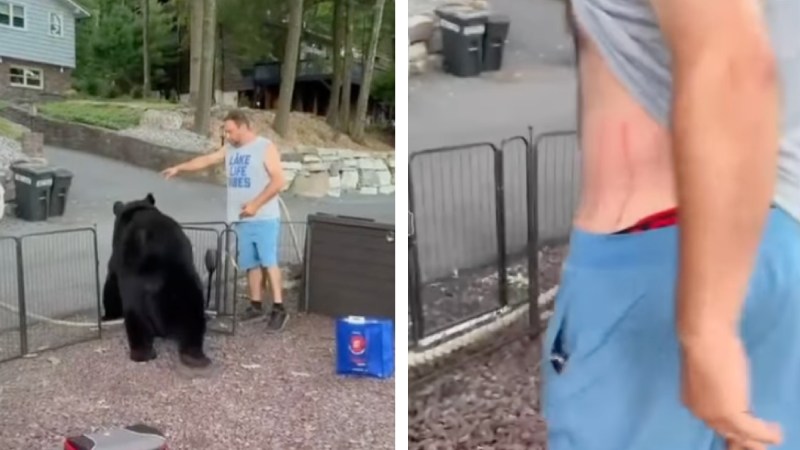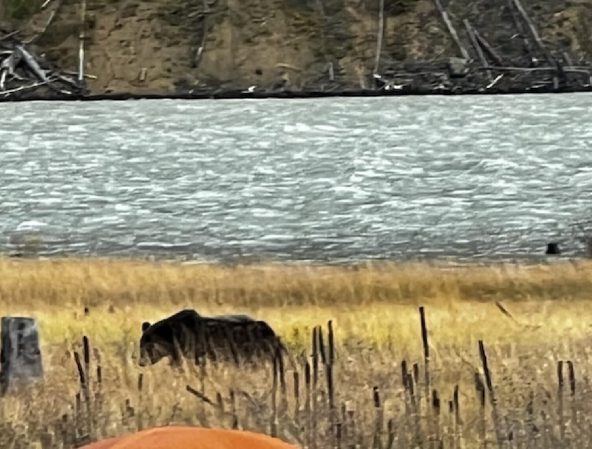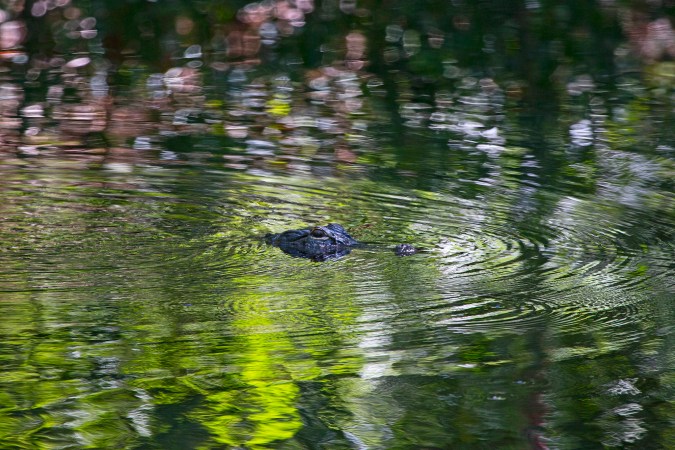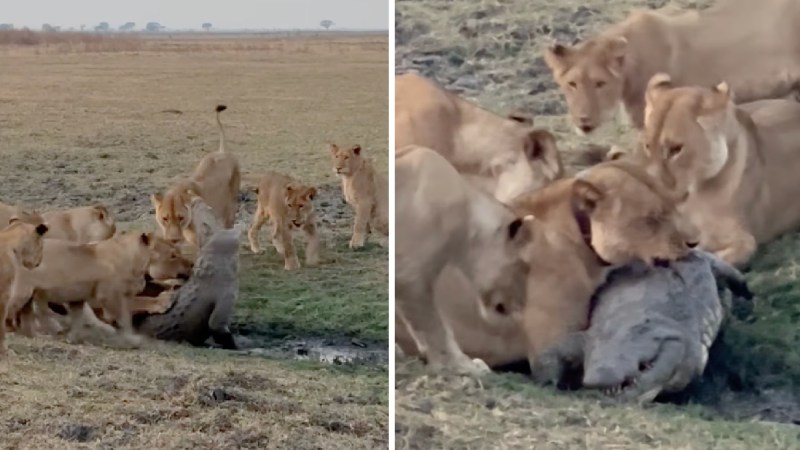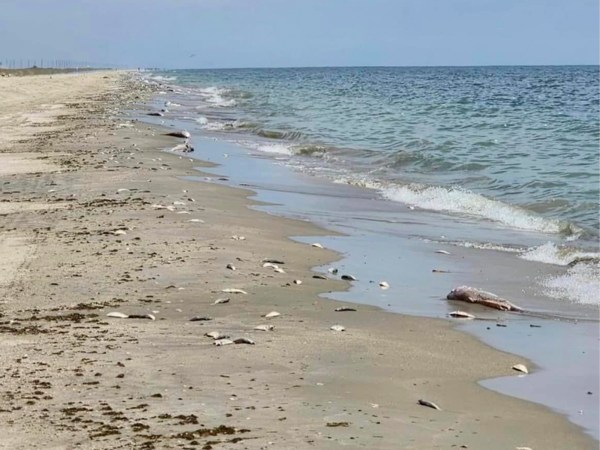A recent pilot study conducted by the National Oceanic and Atmospheric Administration revealed the agency’s own data has inflated much of the country’s recreational saltwater fishing catch by 30 to 40 percent. This is the third time in 13 years that serious issues have been uncovered in NOAA’s recreational fishery data program, according to a new report from the Center for Sportfishing Policy.
The Marine Recreational Information Program is a NOAA program that provides estimates of recreational fishing catches and trips. That federal data—collected using dockside interviews and mail surveys—is used to evaluate and manage state and federal fisheries in the Atlantic, Gulf of Mexico, and Hawaii. In many cases, NOAA’s data has led to restrictions on sport angler harvest of saltwater gamefish—most notably red snapper—along the Gulf and South Atlantic coasts, infuriating anglers and industry professionals who have long suspected the federal data is overcounting.
“For years, MRIP catch estimates have been a source of contention for anglers, state agencies, and other fishery managers that depend on accurate and precise data for decision-making,” reads the CSP report critiquing the NOAA study, which was released in May.
The Trouble with Recreational Fishing Data
Sportfishing groups throughout the coastal U.S. have expressed their alarm and displeasure at NOAA for years regarding shrinking limits and extremely short or canceled seasons for recreational anglers. Meanwhile many states, which have begun collecting their own catch and trip data, reported populations of fish like red snapper that are able to support harvest beyond what the feds are recommending. According to the Great Red Snapper Count, a 2021 report put out by the Harte Research Institute with help from Southern universities, there are 118 million red snapper in the Gulf of Mexico. NOAA had put that number at 36 million.
“Yet another major revision to the federal recreational data collection system is upon us, and it should bring a realization that NOAA is just not capable of doing this job,” said conservation director of the Coastal Conservation Association Ted Venker in a Tuesday press release about NOAA’s data errors. “At best we are looking at several more years of questionable revisions, recalculations, and recalibrations based on a suspect data system that has never proven it can produce accurate information. This is no way to manage a public resource. It would be irresponsible to continue down this road rather than exploring and supporting state-based options to better manage the recreational sector wherever feasible.”
Venker is upset about NOAA discounting the recreational snapper data that’s meticulously collected by Gulf States—particularly in Mississippi and Alabama, which prize red snapper and have implemented detailed mandatory catch reporting.
“Mississippi’s federal data is consistently inconsistent,” says Venker, citing examples of the discrepancies between state and federal numbers. “In September 2019, the state’s private boat recreational red snapper season was open for only five days and yet the federal system says somehow Mississippi produced 2,482 trips per day, harvesting 68,997 pounds of red snapper every day for a total of 344,984 pounds in just those five days … [And] in 2020, the Mississippi season was open for a single day in September and the feds say anglers made 980 trips that day and caught 32,892 pounds of red snapper.”
Venker notes that the most trips the Mississippi state data system has ever logged in a single day is 513, with an average of 95 trips per day over the last four years.
“Like a good federal government agency, NOAA Fisheries believes its data is the only right data,” Venker says. “Rather than continue to insist it is always the smartest entity in the room, NOAA Fisheries should work on being a better partner to the Gulf states as well as the angling public and commit to getting to the bottom of wild data discrepancies [of red snapper catches] before cramming down damaging, punitive measure[s].”
Read Next: The Best Saltwater Spinning Reels of 2023
As NOAA Fisheries points out in its recent pilot study of these errors, the trouble with collecting recreational fishing data is that the Fed’s current system depends entirely on the memories of anglers. The agency gets the majority of its data by mailing out questionnaires to anglers asking how many days they fished over a specific period. When NOAA looked back and analyzed this data, it found that anglers were more likely to over-report their fishing activity than under-report.
“Based upon anecdotal information from cognitive interviews, as well as the effect of question sequence on reporting, we suspect that anglers are so eager to report fishing activity, that they do so at the earliest possible opportunity, even if it means providing inaccurate, out-of-scope information,” the agency writes in the pilot study. “Such a mechanism is similar to satisfying a need to be helpful, but also incorporates the sense of pride and identity that was expressed by anglers during cognitive interviews.”
In other words, fishermen are prone to overestimating how many fish they caught or how much they fish, and NOAA’s methods don’t correct for that.
Potential Solutions
In its discussion about potential solutions to these measurement errors, NOAA explained that changing the order of these survey questions as well as the time frame they’re administered could help lessen the amount of “out-of-scope” information that ends up guiding the decisions of federal fisheries managers.
Along the South Atlantic and Gulf Coast, the over-estimated catch data has often resulted in lower red snapper bag limits and shorter season lengths, which has led to intense backlash from coastal communities that rely heavily on the resource. And if the anecdotal evidence of charter captains and saltwater anglers in the area is to be believed, then it’s possible that many of these federally mandated cuts have been misguided.
“In recent years the snapper have increased so much that in 20 snapper trips I make in a summer it never took an hour to limit out,” says long-time Mississippi coastal angler Nick Strayham of Biloxi. “The average Mississippi red snapper size also has increased substantially in recent years.”
Capt. Josh Swinford, who runs a 36-foot Yellowfin charter out of St. Martin, Mississippi, has noticed some of the same positive changes to the Gulf Coast snapper fishery in recent years.
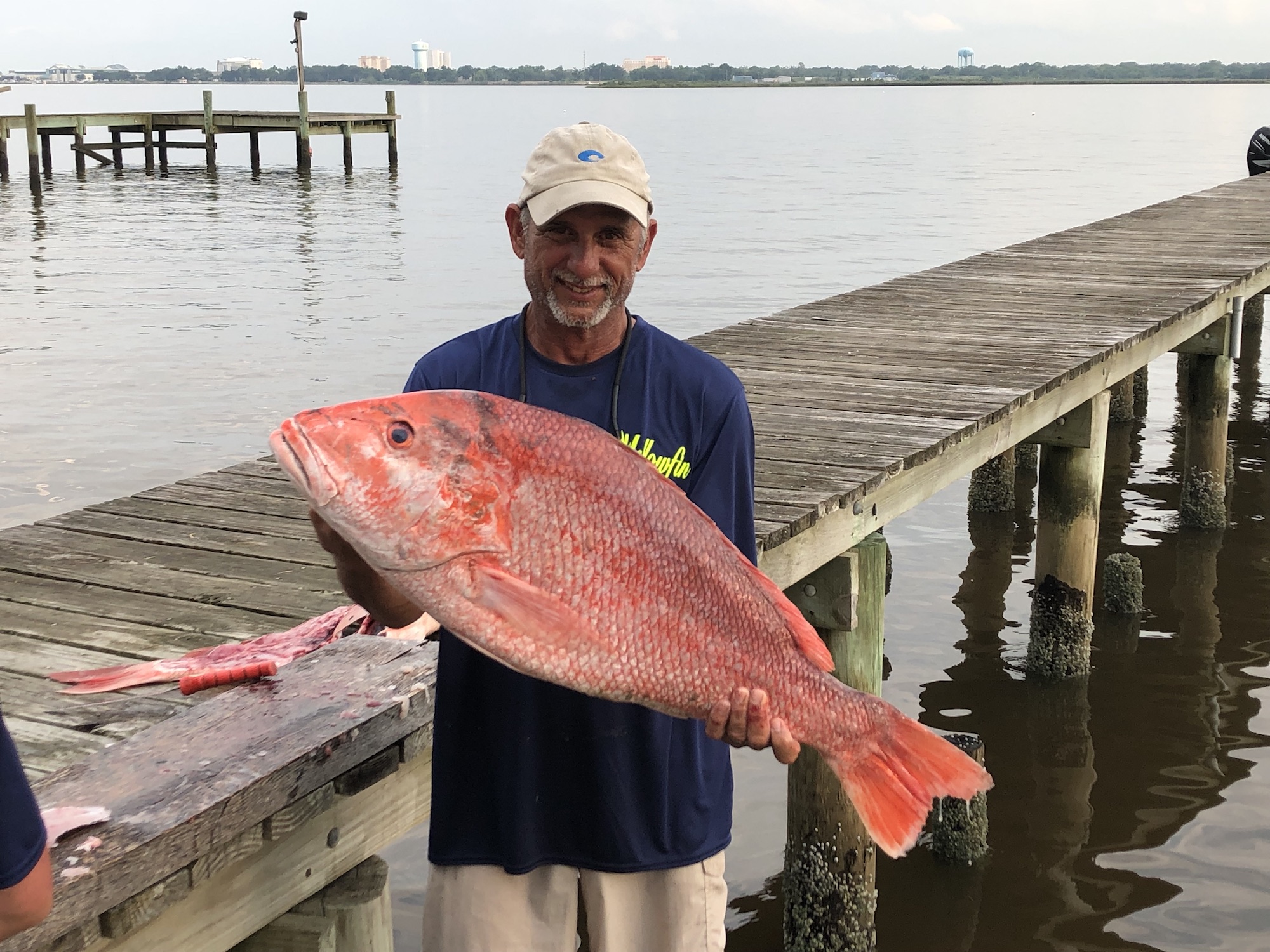
“NOAA ignores science, our state legislature, and the voice of Mississippi residents and anglers,” he tells Outdoor Life. “Rather than having a plate of delicious snapper, we have been served a heaping spoonful of injustice.”
Swinford notes that NOAA estimates Mississippi runs 1,500 recreational snapper boats per day, while the Mississippi Department of Marine Regulation shows the highest daily tally for state snapper anglers is only 268 boats. In 2021, NOAA Administrator Richard Spinrad reportedly met with U.S. Senator Roger Wicker (R-MS) and told Wicker he knew NOAA’s snapper survey data was broken.
“He made a commitment to me that day to fix it,” Wicker reported in a December 2022 statement from his office. NOAA has still not made clear what it intends to do to rectify the situation.
For now, the agency says it plans to tweak its mail-in questionnaires in order to improve its data collection methods. But the CSP and other organizations would rather see a complete overhaul that more closely aligns with some of the states’ own data collection programs.
Mississippi’s Tails ‘n Scales program is a good example. The app-based electronic reporting system requires anglers to register for an account, which includes their contact and vessel information. They can then login to the program after each fishing trip and log their harvest information through the app. This includes the most relevant data for fisheries managers: the number of red snapper and greater amberjack harvested and released, and the type of habitat the fish were caught from. This provides a smaller margin for error because anglers can log the data right away, instead of responding to a mail-in questionnaire months later.
“Many states have demonstrated the capability of developing survey programs to estimate recreational catch and effort data with more precision,” the CSP writes in another press release that offers more potential solutions to the Fed’s data collection woes. “NOAA needs to work with all states to identify the best steps forward including the opportunity to transition some or all recreational data collection to the states and how to best provide support to states that lead data collection improvements.”
Dac Collins contributed reporting.

